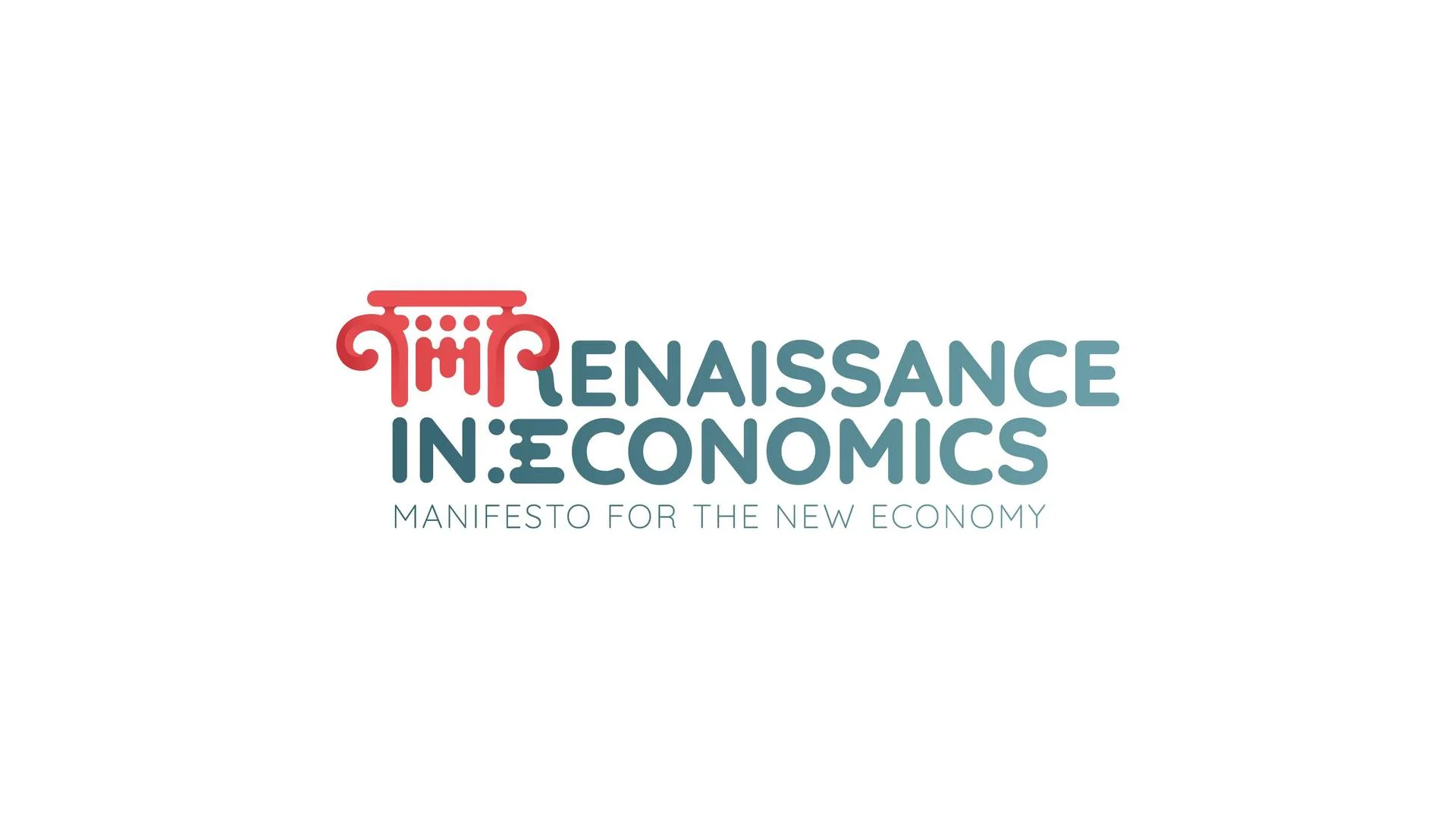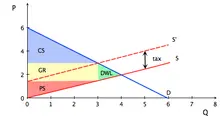Economics Terms A-Z
Perfect Competition
Read a summary or generate practice questions using the INOMICS AI tool
Perfect competition describes a market structure in which many sellers and buyers exchange a homogeneous good and no individual can influence the market price, i.e., buyers and sellers are price takers. In a perfectly competitive market total welfare (that is, the sum of consumer and producer surplus) is maximal. As there is no deadweight loss, the equilibrium allocation in perfect competition usually serves as a benchmark to measure the welfare loss associated with market structures that are not perfectly competitive (e.g. because one side of the market has market power).
A market is said to be perfectly competitive if (among some other conditions) the following assumptions are satisfied:
Homogeneous good
The good which is being traded in a perfectly competitive market is a homogeneous good. This means that all units of the good are identical from the perspective of the consumers independently of who sells the good and where. In other words, consumers do not care from whom they buy the good. The goods sold by two competing sellers are the same in the eyes of the consumers. This has the important implication that consumers will always buy the good from the seller offering the good at a lower price. Examples of homogeneous goods may include gasoline or bottled drinking water.
Many buyers and sellers
Another requirement for competition to be perfect is the number of sellers and buyers in the market. In a perfectly competitive market, there are many sellers interested in selling the (homogeneous) good and many buyers interested in buying the good.
Price-taking
In a perfectly competitive market both buyers and sellers are price-takers. No individual seller or buyer can influence the price at which the good is being traded. Let us have closer look at why this is true: Suppose all sellers sell the good at the same price (the market price), e.g. suppose all gasoline stations sell 1 liter of gasoline for €1. What will happen to a seller who charges a higher price, say €1.1? In a perfectly competitive market he or she will not sell anything. If consumers can choose to fuel their car at €1 per liter or at €1.1 per liter, naturally everyone will go to the cheaper gasoline station. As long as there are enough sellers to satisfy the entire market demand, a single seller who unilaterally decides to charge a higher price will not be able to sell anything. A similar reasoning applies to individual buyers, who are not willing to pay the market price and ask for a lower price. In a perfectly competitive market, a buyer can decide whether he or she wants to buy at the market price set or not at all. If the firm cannot sell at the market price to one specific buyer, there are still many other buyers who are willing to pay the market prices. Therefore, no single buyer and no single seller can influence the market price.
No entry and exit costs
In a perfectly competitive market firms can freely enter and exit the market.
Perfect information
All market participants possess all information that is relevant for them to take a decision. An example of imperfect information is asymmetric information where one side of the market has information that is relevant to the other side of the market. For example, in the market for used cars, the sellers typically have more information about the state of the car (whether it had accidents, etc.) than the potential buyers. Perfect information ensures that all buyers and sellers know everything they need to know about the characteristics of the good, their utility functions, cost structures, and so forth.
How is the market price in a perfectly competitive market determined? The market price (also called market-clearing price) is the price at which market supply is equal to market demand. At this price all sellers are able to sell as many units as they want to sell at this price and all buyers are able to buy all units they want to buy at this price. Graphically the equilibrium in a perfectly competitive market corresponds to the intersection of the supply and the demand curve. In the short run the supply is determined by the marginal costs of production, and hence the market price is equal to marginal costs.
The idea of a perfectly competitive market is that each individual seller only faces a very small part of the entire market demand. Therefore, the demand faced by a single seller is perfectly price-elastic and as soon as the seller charges a price above the equilibrium price all of his or her consumers will switch to a different seller. At the market price each individual seller can sell as many units as he or she wants to, but at a price slightly above the market price he or she cannot sell anything. Profits in a perfectly competitive market are equal to zero. In the short-run, firms price at marginal costs and therefore profits are zero. In the long-run, free entry and exit ensures that firms enter as long as firms make a positive profit, thereby driving profits to zero.
Further reading
The definition of perfect competition dates back to around 1900 and is attributed to León Walras. In 1954, economists Kenneth Arrow and Gerard Debreu showed in their paper “Existence of an equilibrium for a competitive economy” that an equilibrium in a perfectly competitive market exists. By doing so, they further formalized Walras' original description.
Good to know
You may have already guessed that many markets in real life are far from perfect. Sellers and buyers have market power, goods are rarely perfectly homogeneous, not all market participants have perfect information about goods, and so on. So how come that the concept of perfect competition is so important in economics? Perfect competition allows us to study what would happen in a perfect world and then compare this theoretical outcome to market forms that are more realistic. Like this we are able to compare different market allocations and formulate suggestions and recommendations for policy makers to improve efficiency.
-
- Assistant Professor / Lecturer Job, Professor Job
- Posted 1 week ago
Lecturer / Senior Lecturer in Economics
At University of Canterbury in Christchurch, Nueva Zelanda
-
- Conferencia
- Posted 1 week ago
45th RSEP International Multidisciplinary Conference
Between 4 Feb and 5 Feb in Lisbon, Portugal
-
- Workshop, Conference
- Posted 2 days ago
Call for Papers: 3° International Conference Renaissance in Economics 2026
Between 14 May and 15 May in Rome, Italia

















